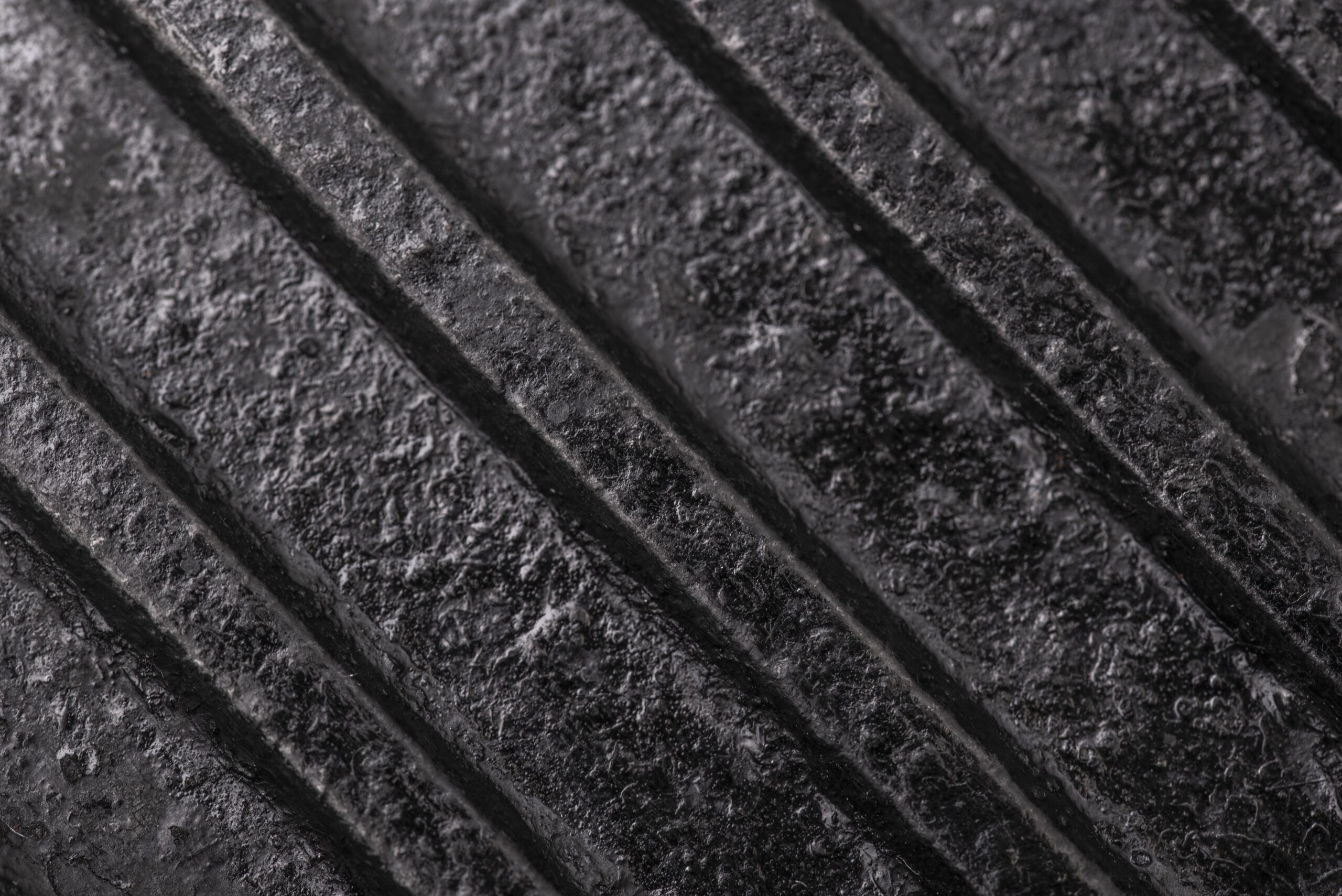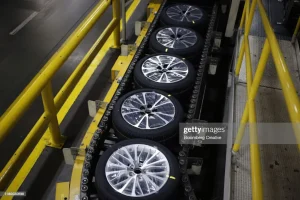
Understanding Uniform Tire Quality Grade (UTQG) Standards: Evaluating Tire Performance and Longevity
When shopping for tires, you may come across the term “Uniform Tire Quality Grade” or UTQG. This standardized rating system provides valuable information about tire



